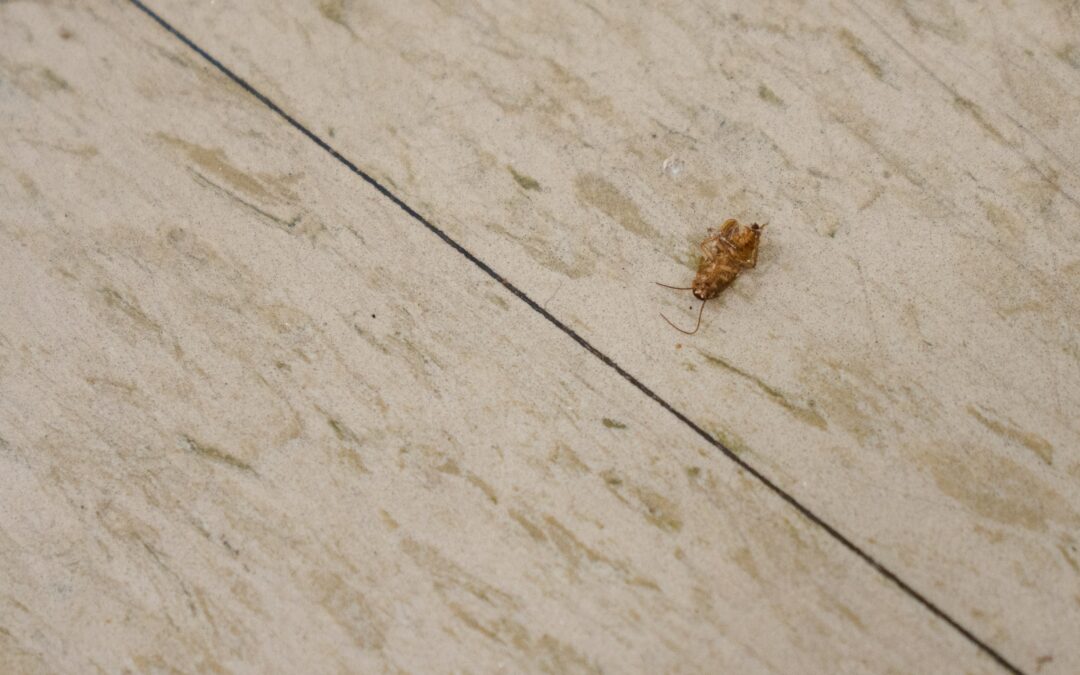For the first several decades following the establishment of the American pest control industry, treating homes for pest infestations consisted primarily, and often solely, of pesticide applications. Pest control professionals addressed indoor cockroach issues by applying residual insecticides to cracks, crevices and other probable cockroach harborages. In many cases, cockroaches were flushed from their hiding spots with an appropriate pesticide formulation before the pest control professional scheduled a future follow up treatment that would consist of fogging or light fumigation. During this time, pest control programs were entirely remedial, and not preventative, which made pretreatment inspections unnecessary. Today, however, this is not the case, as pretreatment inspections have become commonplace for addressing infestations of many insect pests, including termites and cockroaches.
Pretreatment inspections are essential for successful cockroach control programs, as pest control professionals must first identify cockroach harborages, conditions that are conducive to cockroaches, and food and water sources before extermination operations can be carried out. Bypassing inspections when treating homes for cockroach pests frequently leads to reinefestations, and consequently, call-backs to pest control companies. It is well known that cockroach infestations are common within cluttered and unsanitary homes, but immaculate homes often become infested as well. Pretreatment cockroach inspections are particularly important in clean homes that seemingly lack conditions that are conducive to cockroaches.
During pretreatment cockroach inspections, pest control professionals carry a variety of tools, including a flashlight, sticky traps, dental mirrors, flushing agents, and a note pad for recording conducive conditions. Sticky traps are placed near probable cockroach harborages for monitoring and identification purposes. Harborages must be located near the particular sticky traps that collect the most cockroaches, and pest control professionals can identify the species they are dealing with by evaluating the roaches captured on sticky traps. Since cockroach pest species differ in terms of behavior and their responses to control methods, it is tremendously important for cockroach pests to be identified before formulating a control program.
Have you ever attempted to rid your home of cockroaches on your own?

